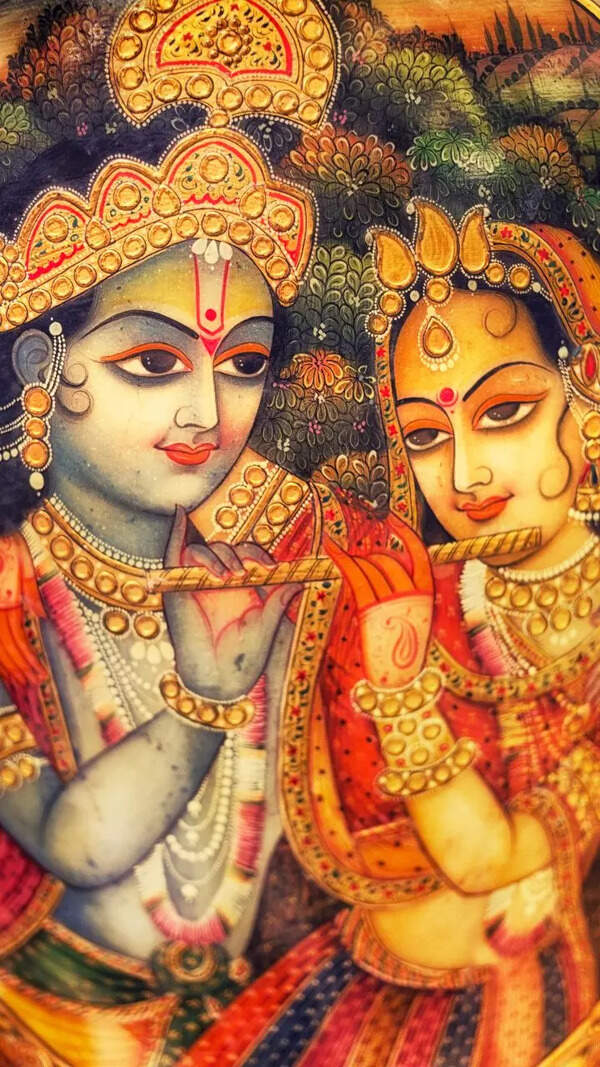- News
- City News
- srinagar News
- As India mourns Pahalgam terror attack, echoes of Chittisinghpura Sikh massacre return
Trending
As India mourns Pahalgam terror attack, echoes of Chittisinghpura Sikh massacre return
The Pahalgam terror attack, reminiscent of the Chittisinghpura massacre, has claimed the lives of 28 tourists, including a Navy officer on his honeymoon and foreign nationals. Gunmen, reportedly disguised in Army uniforms, targeted non-Muslims in Baisaran meadow. The Resistance Front, linked to Lashkar-e-Taiba, claimed responsibility, raising concerns about reigniting regional tensions amidst diplomatic activity.
NEW DELHI: As India mourns the Pahalgam terror strike — the deadliest civilian attack in Jammu & Kashmir since the abrogation of Article 370 — the incident has evoked grim memories of the Chittisinghpura massacre, which shook the Valley on March 20, 2000, in Anantnag district.
In the Chittisinghpura incident, 36 Sikh villagers were gunned down in cold blood. The Indian government attributed the attack to Lashkar-e-Taiba, a Pakistan-based militant outfit.
Mohammad Suhail Malik, a Pakistani national from Sialkot and nephew of LeT chief Hafiz Muhammad Saeed, had allegedly confessed to participating in the massacre on LeT’s instructions. His statement was recorded in an interview with The New York Times journalist Barry Bearak, who later expressed doubts about the confession’s authenticity. Malik was eventually acquitted by a Delhi court.
International security analyst Bruce Riedel also pointed to Lashkar-e-Taiba as the likely perpetrator, suggesting the massacre was orchestrated to stoke communal unrest and draw international attention to Kashmir — especially given its timing, days ahead of US President Bill Clinton’s visit to India.
Tuesday’s Pahalgam terror attack, which left 28 tourists dead and many injured, bore chilling similarities. The assault occurred in Baisaran meadow, a scenic area about 7km from Pahalgam, popular among tourists and accessible only by foot or horseback.
Survivors recounted that six foreign terrorists, disguised in Army uniforms, allegedly asked the victims to state their names and recite Islamic verses before opening fire at close range. The indiscriminate shooting seemed designed to identify and target non-Muslim tourists, suggesting a clear communal motive.
Among those killed was Lieutenant Vinay Narwal, a Navy officer posted in Kochi who was on his honeymoon, having married just days earlier on April 16. Two foreign nationals, from Nepal and the UAE, were also among the deceased.
The attack, carried out in broad daylight around 1:30pm, came despite a visible security presence in the area. Dozens of tourists were enjoying the picturesque surroundings of pine forests and snow-covered peaks when the gunmen struck.
In the aftermath, security forces quickly evacuated the injured and launched a massive manhunt, sealing the area and combing through surrounding terrain to trace the attackers.
The Resistance Front, a proxy outfit backed by Pakistan’s ISI and linked to Lashkar-e-Taiba, has claimed responsibility for the carnage.
Officials say the deliberate targeting of tourists from across India — at a time of diplomatic activity involving both US and Saudi Arabia — may have been timed to send a provocative message and reignite tensions in the region.

About the Author
TOI City DeskEnd of Article
Follow Us On Social Media









